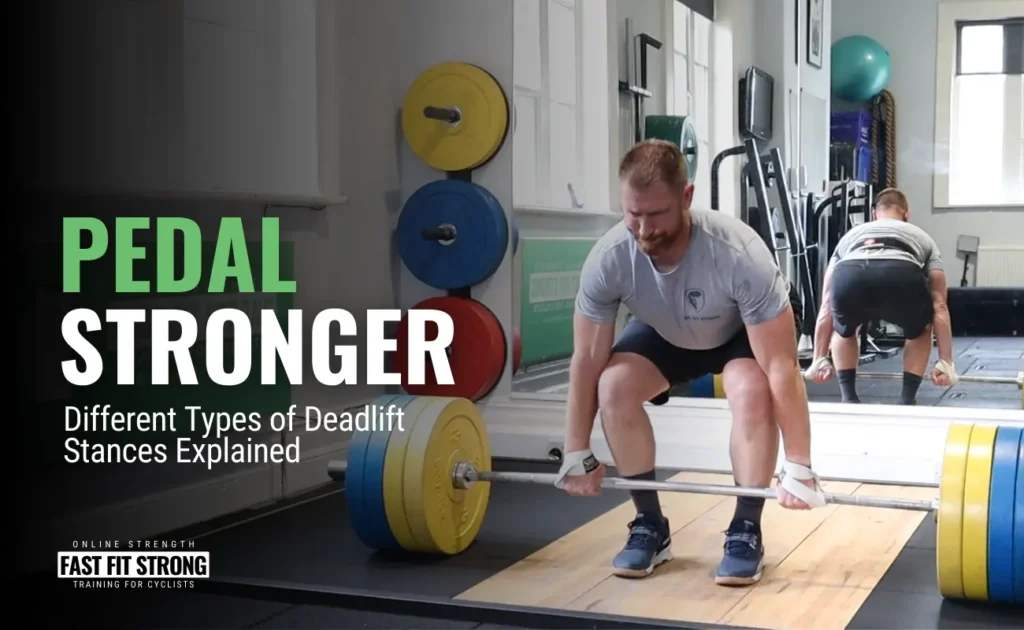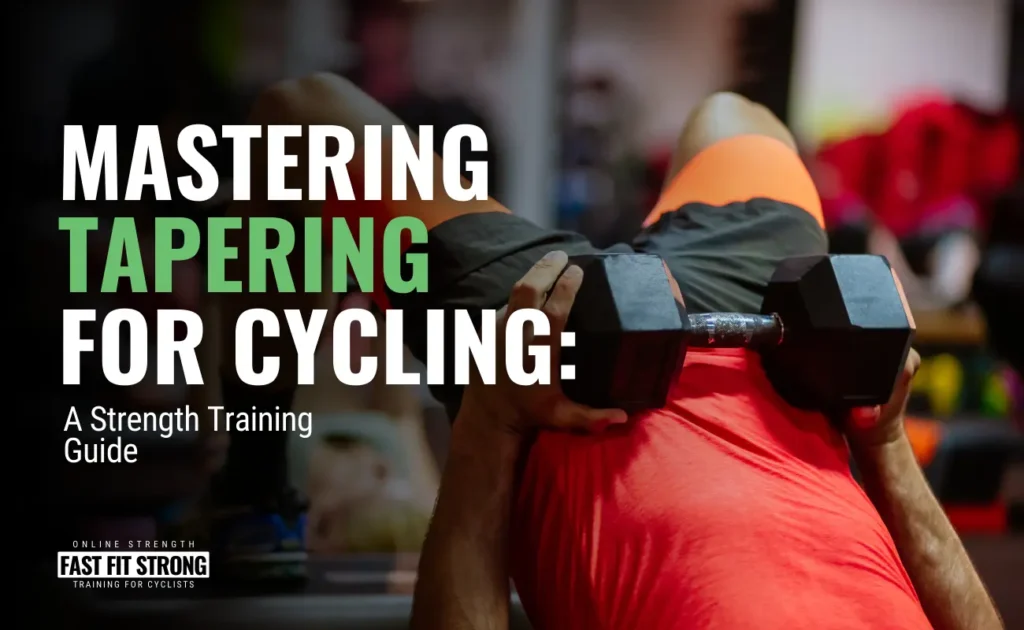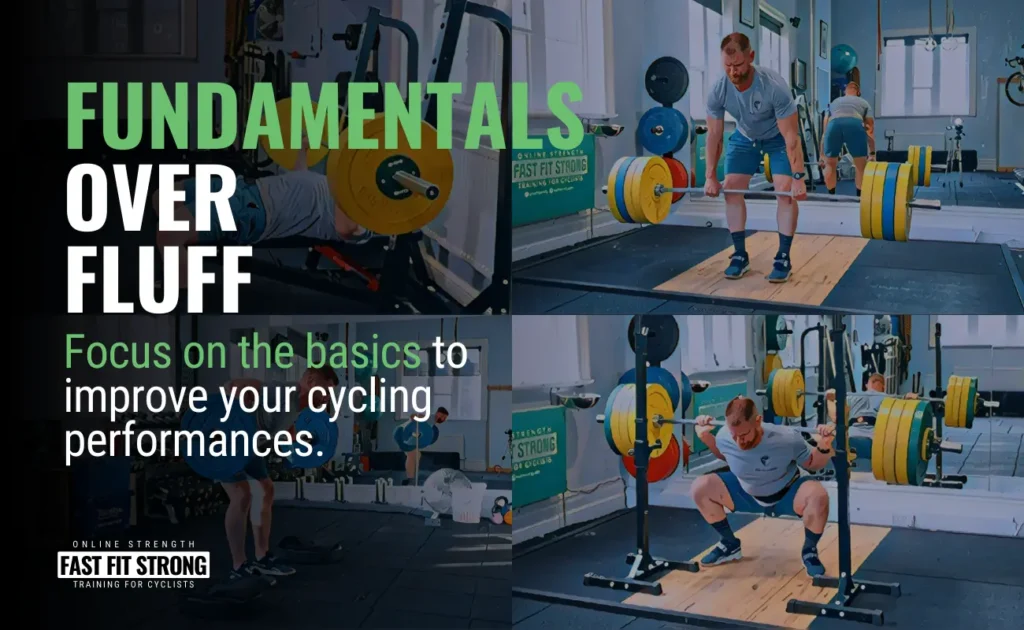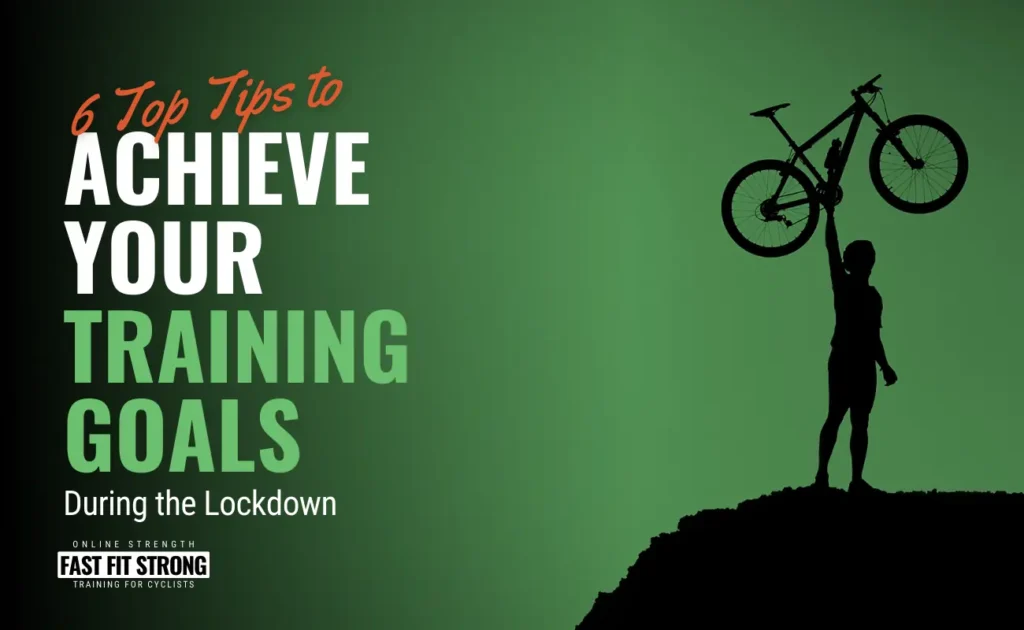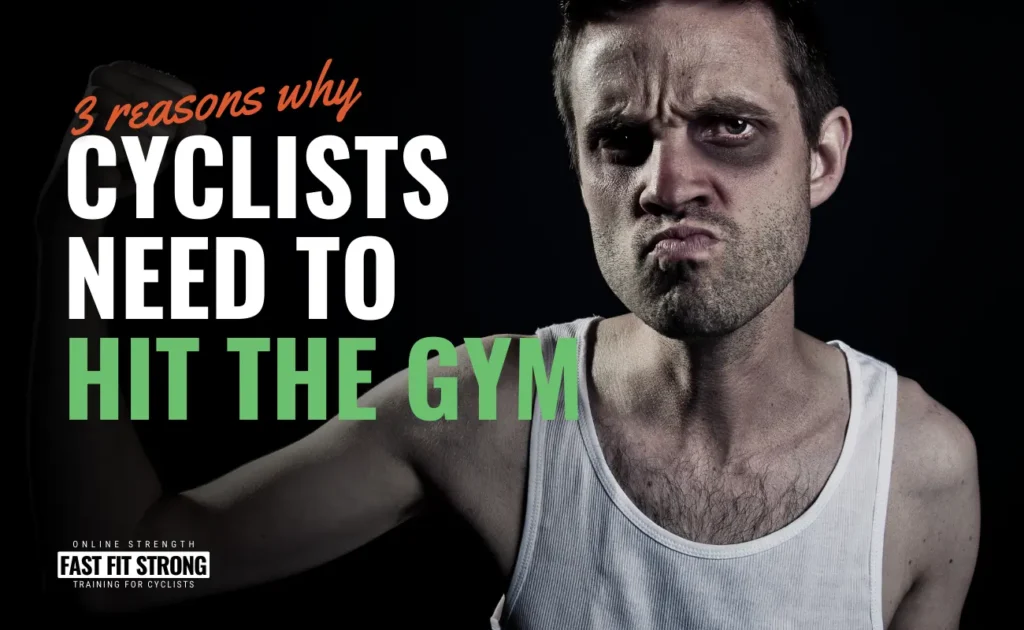Introduction.
As a novice lifter, there is a dose/response relationship between the movements you do and how often you do them. Put simply, when you’re starting strength training, you are learning the skills of moving competently and consistently. It’s a happy coincidence at this stage that you get stronger and improve your recovery abilities at the same time.
So at this stage, I recommend focusing on fundamental movement patterns (ie squat, hinge, push, pull and brace) and doing them every single session until you reach a level where the number of days between sessions is insufficient to allow you to recover in time.
Once this is the case, you’ll need to think a little deeper about how you organise your training to minimise fatigue throughout the week…enter the Training Split.
A training split is simply the organisation of your training sessions across the week (or sometimes longer), that spreads out the load to give you the best opportunity to perform, develop and recover between sessions.
Things to Consider When Choosing a Training Split.
There are many, many different ways of splitting your sessions, but rather than doing it any old how, or just copying something you might have read in a magazine, have a little think about the things below…
#1 Stage of Development.
The first thing to consider is your training age. Do you even need to split your training? As briefly mentioned above, if you’re a novice or beginner in the gym, there’s very little point in splitting your training because you need enough frequency of the basic movements to make the skill of performing them consistently stick.
In my experience, it’s all too common for someone to introduce a training split and unnecessarily overcomplicate something which could have been nice and simple.
Once you’re beyond the beginner stage, however, it’s probably sensible to introduce some kind of training split.
#2 Time of Season.
Throughout the cycling year, there are natural peaks and troughs, where the frequency, volume and emphasis of on-bike sessions change. For example, it’s likely that you’ll be outside doing a greater amount of long rides during the nicer weather of summer, whereas in the winter your ride time may be cut down and include more training on the turbo.
It’s sensible then to mirror this with your off-bike work. Where fewer sessions are done during the summer and more in the winter.
* It’s important to note that I strongly recommend year-round strength work even during the height of summer. Lower your frequency (ie a session every 7-10 days), but keep something going.
If you are doing more sessions per week, you naturally have less time to recover (from the gym) and it’s, therefore, more appropriate to introduce a training split to manage your fatigue.
#3 Look at Your Calendar.
Be realistic with the time you have available and (more importantly), what you can achieve within that time.
I’ve made the mistake many, many times of trying to do too much, without giving myself slack in the system. As soon as I got tired, or as life inevitably got in the way, my carefully-constructed plan crumbled around me!!
I now plan with a more agile frame of mind.
My sessions are simple (only including 3-4 exercises) and if I have any kind of split I keep it minimal. That way, I don’t feel I need to “catch up” when I have to miss a session for whatever reason.
I’d rather miss a session here and there, completing 10 sessions over a month, than complete 8 sessions in the first two weeks, missing one session and not doing anything for the remainder of the month. Basically, I much prefer consistency in the long term over intensity in the short term.
#4 Determine Your Main Goal.
Your goals must be clear. They set the direction of travel and help you make better decisions when things invariably don’t go according to plan.
Some training splits lend themselves better to particular outcomes than others.
Body part splits for example are great for helping people increase muscle mass, but aren’t particularly good at developing strength or athleticism. Therefore, they probably are not a good choice for most cyclists.
Related: How to Find a Good Strength Coach for Serious Cyclists
How To Choose Your Training Split.
Once you’ve considered the four areas above, it’s time to get thinking about exactly how you’re going to split your training down.
I’ve highlighted some of the more popular methods below, but this is far from an exhaustive list.
Additionally, I’ve included some that are purely for reference as I don’t consider them appropriate for health, well-being or cycling performance! For each, I’ll list their advantages and disadvantages, as well as when I think they are good to use.
The Full-Body Split.
The first one on the list isn’t really a training split at all and (as I’ve mentioned above), it’s where all beginners should start.
The most simple way of doing this is to have the same session repeated however many times per week (typically 1-4 sessions) you intend to train. I’d recommend having at least one day between to recover, however, this could be where you do your on-bike work!!
So, a week with 2x gym sessions and 3x rides could look something like this:
| Day | Session |
|---|---|
| Monday | Off |
| Tuesday | Full-Body Training |
| Wednesday | Zone 2 Ride |
| Thursday | Full-Body Training |
| Friday | Sweet-Spot Intervals |
| Saturday | Off |
| Sunday | Zone 2 Ride |
Because you have limited time, with this kind of training you need to be discerning about which movements/exercises you choose. You won’t be able to do specific exercises for your rotator cuffs, anterior tibialis or gluteus medius.
I recommend choosing compound (multi-joint) movements that follow basic human movement patterns. Mastering these basic moves has a direct application to your performance on the bike, as well as your health and well-being off it.
Related: Fundamentals Over Fluff – Focus on the Basics to Improve Your Cycling Performances.
An example Full-Body training session would look something like this(primary lifts are in bold):
| Order | Exercise | Sets & Reps |
|---|---|---|
| 1 | Dumbbell Romanian Deadlift (Hinge) | 4 x 8 |
| 2.1 | Deadbug (Anti-Extension) | 3 x 20 |
| 2.2 | Chest-Supported Row (Horizontal Pull) | 3 x 8 |
| 3 | Goblet Squat (Squat) | 4 x 8 |
| 4.1 | Pallof Press (Anti-Rotation) | 3 x 10 |
| 4.2 | Dumbbell Bench Press (Horizontal Push) | 3 x 8 |
| 5 | Split Squat (Secondary) | 3 x 12 |
- Advantages – A full-body split is great for beginners, athletes and people low on time and forces the removal of any “fluff” from your sessions. You have to concentrate on what’s important and these movements are practised multiple times per week, improving your skill and efficiency.
- Disadvantages – It can become increasingly difficult to adequately recover between sessions. This can be a problem for intermediate/advanced lifters who are able to dig a deeper hole for themselves, as well as novices who would like to increase their training frequency to more than 3 sessions per week.
The Push/Pull Split.
This is the first true “split” and my go-to method once I feel you are competent enough and further training will negatively impact your on-bike training.
The Push/Pull training split still retains many of the benefits of the Full-Body Split, but breaks up the training stress by separating movement patterns. Session A typically includes “pushing movements”, such as squats and presses, while session B includes “pulling movements” like hinges and rows.
Primary movements are still the most important factor, but it’s likely that improvements in these are beginning to plateau.
Splitting the sessions in this way allows me to integrate accessory exercises that specifically target weaknesses in the primary lifts. For example, if your squat has stalled because of poor hip mobility, we can include some cossack squats to improve this, as well as potentiating your nervous system ready for the squats themselves.
Example Push/Pull training sessions look something like this (primary lifts are in bold):
| Order | Exercise | Sets & Reps |
|---|---|---|
| Session A – Push | ||
| 1.1 | Banded Deadbug (Anti-Extension) | 3 x 8 |
| 1.2 | Landmine Press (Accessory) | 3 x 8-12 |
| 2 | Bench Press (Horizontal Push) | 4 x 8 @ 75% |
| 3.1 | Pallof Press (Anti-Rotation) | 3 x 8 |
| 3.2 | Cossack Squat (Accessory) | 3 x 4-6 |
| 4 | Front Squat (Squat) | 4 x 8 @ 75% |
| 5 | Bulgarian Split-Squat (Secondary) | 3 x 8 @ 70% |
| Session B – Pull | ||
| 1.1 | Bird-Dog (Anti-Extension) | 3 x 6 |
| 1.2 | Dumbbell Row (Accessory) | 3 x 8-12 |
| 2 | Bent Over Row (Horizontal Pull) | 4 x 8 @ 75% |
| 3.1 | Side-Plank (Anti-Lateral Flexion) | 3 x 30s |
| 3.2 | Crossover Squat (Accessory) | 3 x 4-6 |
| 4 | Rack Pull (Hinge) | 4 x 8 @ 75% |
| 5 | Single-Leg Hip-Thrust (Secondary) | 3 x 8 @ 70% |
- Advantages – Push/pull splits are suitable for intermediate lifters who have a higher training load and are competent in the primary movements. There is enough frequency of each primary movement to continue skill acquisition, but training stress is spread out, thereby reducing fatigue.
- Disadvantages – One of the few downsides of this method is that one session can feel much harder than the other (depending upon your individual strengths/weaknesses). This can pose a dilemma when integrating your strength and cycling training; although I have to say this is rare.
The Upper/Lower Split.
The upper/lower training split is a different approach, whereby some sessions are upper-body only and others are lower-body only. Personally, I have used them extensively and they are very popular, especially among the general population and for running-based athletes (such as rugby players), who need to limit their time on their feet.
This approach allows athletes to increase the frequency of sessions as upper-body work tends to be far less demanding than lower-body only, meaning the stress is spread throughout the training week.
So, a week with 4x gym sessions and 2x rides could look something like this:
| Day | Session |
|---|---|
| Monday | Upper Body |
| Tuesday | Lower Body |
| Wednesday | Tempo Intervals |
| Thursday | Upper Body |
| Friday | Lower Body |
| Saturday | Off |
| Sunday | Zone 2 Ride |
This method can have an additional layer of versatility as each upper and lower session can be further split into push and pull variations, creating four different options (upper pull, upper push, lower pull, lower push), however, I don’t favour them for cyclists because they don’t need upper-body only work and lower-body only often prooves too demanding alongside on-bike training.
Example Upper/Lower training sessions look something like this (primary lifts are in bold):
| Order | Exercise | Sets & Reps |
|---|---|---|
| Session A – Upper Body | ||
| 1.1 | Ab Wheel (Anti-Extension) | 3 x 8 |
| 1.2 | Gorilla Row (Accessory) | 3 x 6-8 |
| 2 | Bent Over Row (Horizontal Pull) | 4 x 6 @ 84% |
| 3.1 | Lateral Hold (Anti-Lateral Flexion) | 3 x 20s |
| 3.2 | Landmine Press (Accessory) | 3 x 6-8 |
| 4 | Bench Press (Horizontal Push) | 4 x 6 @ 84% |
| 5 | Standing Shoulder Circuit (Finisher) | x 3 |
| Session B – Lower Body | ||
| 1.1 | Hollow Hold (Anti-Extension) | 3 x 20s |
| 1.2 | Alternate Cossack Squat (Accessory) | 3 x 6-8 |
| 2 | Back Squat (Squat) | 4 x 6 @ 84% |
| 3.1 | Diagonal Press (Anti-Rotation) | 3 x 8 |
| 3.2 | Alternate Crossover Squat (Accessory) | 3 x 6-8 |
| 4 | Deadlift (Hinge) | 4 x 6 @ 84% |
| 5 | Hip & Knee Circuit (Finisher) | x 3 |
- Advantages – Upper/Lower training splits are a great progression from the full-body split for many athletes who need a higher session frequency, as they are versatile and allow training stress to be managed throughout the week.
- Disadvantages – They are intrinsically unbalanced with upper-body sessions either being far easier or taking much longer than lower-body ones. Lower-body-only training can cause lasting fatigue, which is inappropriate for cyclists who also need to perform on the bike. In addition, many riders don’t need (or don’t want) specific upper-body work.
Intensive/Extensive Splits.
The Intensive/Extensive Split bases training on the neural demands of a workout and is, therefore, more appropriate for intermediate/advanced lifters or athletes who require neuromuscular power for their sport.
Typically, a heavy/explosive day is then followed by a metabolic/higher volume day. How this is managed can vary, for example, it could be combined with either a Push/Pull, Upper/Lower or Full-Body approach.
For more advanced athletes, who require their training to be split to minimise fatigue, this can bump up the need for more sessions (although, this can be spread over a two-week cycle).
In general, 3-4 training days work best. So, a week with 4x gym sessions and 2x rides could look something like this:
| Day | Session |
|---|---|
| Monday | Lower-Body Intensive |
| Tuesday | Upper-Body Extensive |
| Wednesday | Tempo Intervals |
| Thursday | Upper-Body Intensive |
| Friday | Lower-Body Extensive |
| Saturday | Off |
| Sunday | Zone 2 Ride |
Example Intensive/Extensive training sessions look something like this (primary lifts are in bold):
| Order | Exercise | Sets & Reps |
|---|---|---|
| Session A – Lower-Body Intensive | ||
| 1 | Power Clean | 5 x 3 |
| 2.1 | Back Squat | 3 x 6 |
| 2.2 | Jump Squat | 3 x 6 @ 50% |
| 2.3 | Hurdle Bounds | 3 x 6 |
| 3.1 | Barbell Thruster | 3 x 6-8 @ 65% |
| 3.2 | Box Jumps | 3 x 3 |
| 4 | Core Circuit | x 3 |
| Session B – Upper-Body Extensive | ||
| 1.1 | Inverted Row | 3 x 10 |
| 1.2 | Cable High Row | 3 x 10-15 |
| 1.3 | Band Pull-Aparts | 3 x 15-20 |
| 2 | Seated Shoulder Press | 3 x (6-8-10 Drop Set) |
| 3.1 | Bench Press | 3 x 10 |
| 3.2 | Press-Up | 3 x Max |
| 4.1 | Plank | 3 x 30s |
| 4.2 | Side-Plan | 3 x 30s |
| 4.3 | Hollow Hold | 3 x 30s |
- Advantages – Intensive/extensive splits are a programming strategy for intermediate/advanced athletes with specific requirements.
- Disadvantages – The potentially complicated design tends to require a higher frequency of sessions, making it inappropriate for cyclists who need to be on the bike.
Other Honourable Mentions.
The following approaches are purely for reference as they are largely incompatible with any form of concurrent training for athletic performance and are usually geared towards aesthetics.
I’ll show examples of weeks of each approach, but I haven’t included any on-bike training examples.
Body-Part Splits.
Body part splits are what you probably first thought of when I mentioned training splits; pick up any fitness-related magazine and these are the types of sessions you’re likely to see.
These methods were first introduced by bodybuilders, where individual muscle groups are trained on the same day using several (slightly different) exercises. As such, they are good for people who want to gain muscle mass and look better but don’t need to coordinate movement in an athletic manner.
This approach is very time-consuming and requires many lengthy sessions to fit everything in. In addition, it’s common for the split to be very “upper-body focussed”, which relies on several single-joint (isolation) exercises that have little to no carry-over to sports performance, making them a poor choice for any athlete; particularly cyclists.
* The exception to this could be for rehabilitation work, where specific muscles need to be isolated.
So, a week with 5x gym sessions could look something like this, but there are many, many variations out there:
| Day | Session |
|---|---|
| Monday | Chest |
| Tuesday | Back |
| Wednesday | Shoulders |
| Thursday | Legs |
| Friday | Arms & Abs |
| Saturday | Off |
| Sunday | Off |
As you can see, the frequency required leaves little room for your on-bike training, unless you double up.
- Advantages – Body part splits are great for muscular growth, using greater exercise variation to target individual muscles. They can lead to muscle soreness, so make sure you have a significant training base before starting one of these.
- Disadvantages – Terrible for athletes of any kind as it requires a high training frequency with little dynamic correspondence into sports performance. Additionally, this approach is more rigid than the others because missing one session disrupts the entire program.
Agonist/Antagonist Splits.
This is a body-part variation, where muscle groups (agonist) are paired with their opposite number (antagonist). This approach allows you to be more efficient with your sessions as the opposing muscle groups can be paired together as part of a superset, reducing rest time.
Here’s an example week:
| Day | Session |
|---|---|
| Monday | Chest & Back |
| Tuesday | Quadriceps & Hamstrings |
| Wednesday | Biceps & Triceps |
| Thursday | Off |
| Friday | Chest & Back |
| Saturday | Quadriceps & Hamstrings |
| Sunday | Biceps & Triceps |
- Advantages – More concise than other body-part splits, leaving the option for recovery days throughout the week.
- Disadvantages – As with the body-part split above, the isolated nature of this approach doesn’t translate to athletic performance very well.
Primary Mover & Synergist Split.
This body-part variation is the opposite of the Agonist/Antagonist split as, rather than pairing opposing movements, primary and synergist exercises are used in combination.
For example, most pulling exercises (eg Bent Over Row) focus on the major back musculature, but also require elbow flexion. Therefore, back and bicep exercises are used together.
Here’s an example week:
| Day | Session |
|---|---|
| Monday | Back & Biceps |
| Tuesday | Chest & Triceps |
| Wednesday | Legs & Shoulders |
| Thursday | Back & Biceps |
| Friday | Chest & Triceps |
| Saturday | Off |
| Sunday | Off |
- Advantages – Higher training volume promotes increased muscle growth.
- Disadvantages – Completely inappropriate for athletes, especially cyclists who need to be fresh on the bike.
A-B Split.
Finally (in this list), we come to the A-B Split. With this approach, the athlete simply writes down all the exercises they need/want to do and divides them up into an “A” Session and a “B” Session.
Then, specific loading parameters are assigned to each exercise, depending upon the training goal of the athlete (for example, large, compound exercises may have higher loads and lower reps, whereas accessory movements lend themselves to higher volume work).
Here’s an example week:
| Day | Session |
|---|---|
| Monday | “A” Session |
| Tuesday | “B” Session |
| Wednesday | Off |
| Thursday | “A” Session |
| Friday | “B” Session |
| Saturday | Off |
| Sunday | Off |
- Advantages – Allows for a decent bit of flexibility.
- Disadvantages – This tends to become a bit of a machine gun approach without any real direction.
Conclusion.
Once you reach a level of competence in the gym that means you’re unable to recover adequately between sessions, your technique is consistent, but you’re struggling to keep improving, organising your training by splitting the workload is a necessity.
There are many different ways of doing this (most of which have come from bodybuilding and are inappropriate for cyclists), so decide which is the best for you by considering your goals, stage of development, the time of the season and personal circumstances.
That being said, I like to keep things simple, yet flexible and favour a Push/Pull approach for most riders.
I offer an affordable, easy-to-follow training plan designed specifically for busy cyclists. If you want to get the most out of your riding and minimise how often you get injured, then click the link below and get started straight away…


